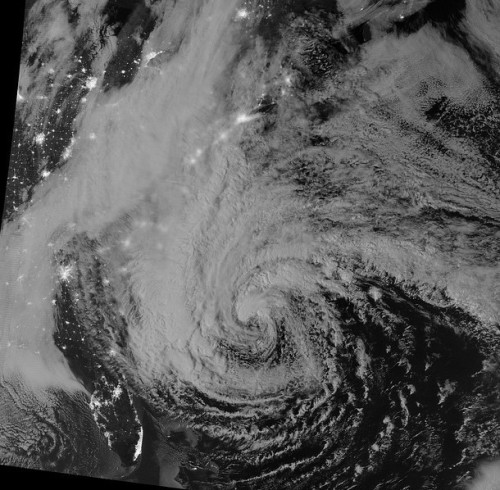Virtual Instrument Lab
By: Raul Fernandez &Erin Beardsley
1. Launch the VI wheel_rotation_straight.vi
2. Study (with the instructor) the VI to understand how it works to measure the distance the wheels travel, and the speed at which the car travels.
3. With a ruler measure the diameter of the wheel and compute the circumference of the wheel in meters (circumference= p*diameter). Record that distance in the front panel of the VI.
To find % error= Distance ruler – distance to computer
Average (distance ruler, distance computer
Wheel= 5.5 cm x .01 = 0.55 = x 3.14 circumference of .173
Small Wheel= 2.5cm x .01 =. 025 = x 3.14 circumference of .1
Run the VI and record:
4.
| Time | Power Level | Rotation in degrees | # wheel turns | Distance
Ruler |
Distance
Computer |
Velocity
|
% error |
| 1 sec. | 75% | 470 | 1.30556 | 22.1 | 22.4556cm | 0.22456 | 21.092 |
| 2 sec. | 76% | 1143 | 3.175 | 53.8 | 54.6 | .27305 | 54.2 |
| 3 sec. | 77% | 1892 | 5.25 | 89.7 | 90.3 | .301 | 90 |
1.The wheel rotation (in degrees and in number of turns). How are the degrees that the wheel rotated related to the number of turns of the wheel?
As the number of rotations in degrees increases in effect the number of wheel turns also increases. The rotation in the wheel increases every 700 degrees more or less the number of wheel turns is more or less 2 wheel turns per second added.
2. The time it took for the wheels to turn (in seconds and milliseconds). How are seconds related to milliseconds?
1,000 milliseconds is equal to 1 second. We increased our time from 1 sec. to 2 sec. and 3 sec.
3. The distance the car moved. How is the distance related to the number of turns.
The distance the car moves is related to how many turns because as the turn of the wheel increases the distance also increases. As the wheel turn increases the distance from computer also increased.
4. Measure the distance with a ruler and compare your results with that of the VI. What could account for the discrepancies?
Discrepancies could be slight change or misreading of millimeters. Also the computer and ruler used to measure have different manual and automatic results. The distance that equals 22.1 cm, 53.8 cm, and 89.7 cm is different than the results of the computer, which were 22.4, 54.6, and 90.3. Also a point of error is that we increased the power level by 1% because we were intrigued to see the outcome of different velocities.

